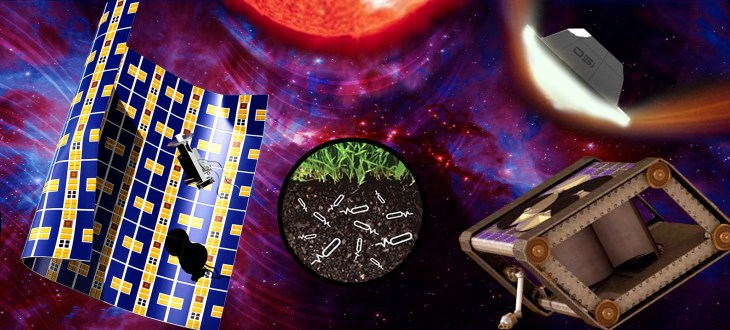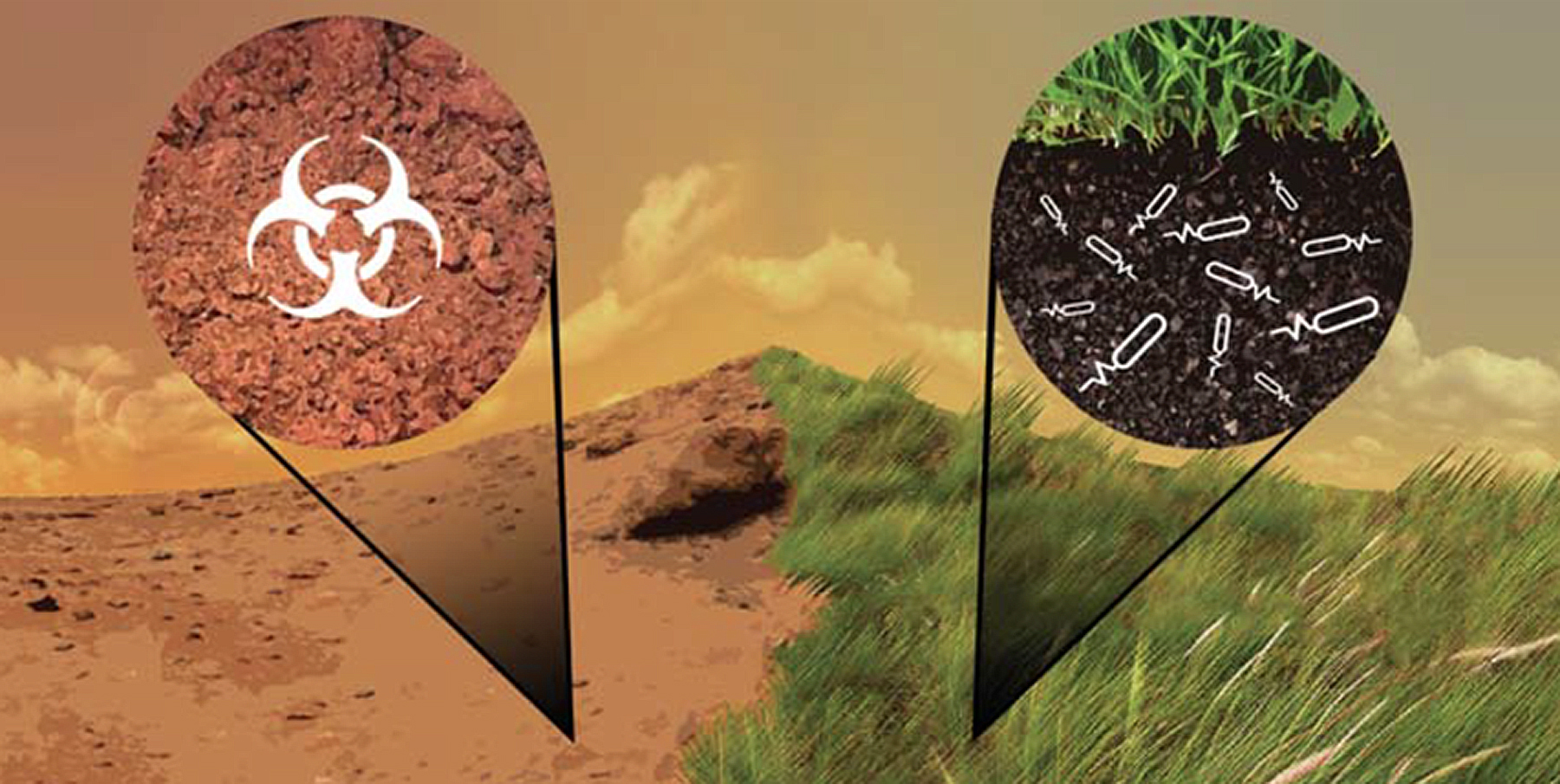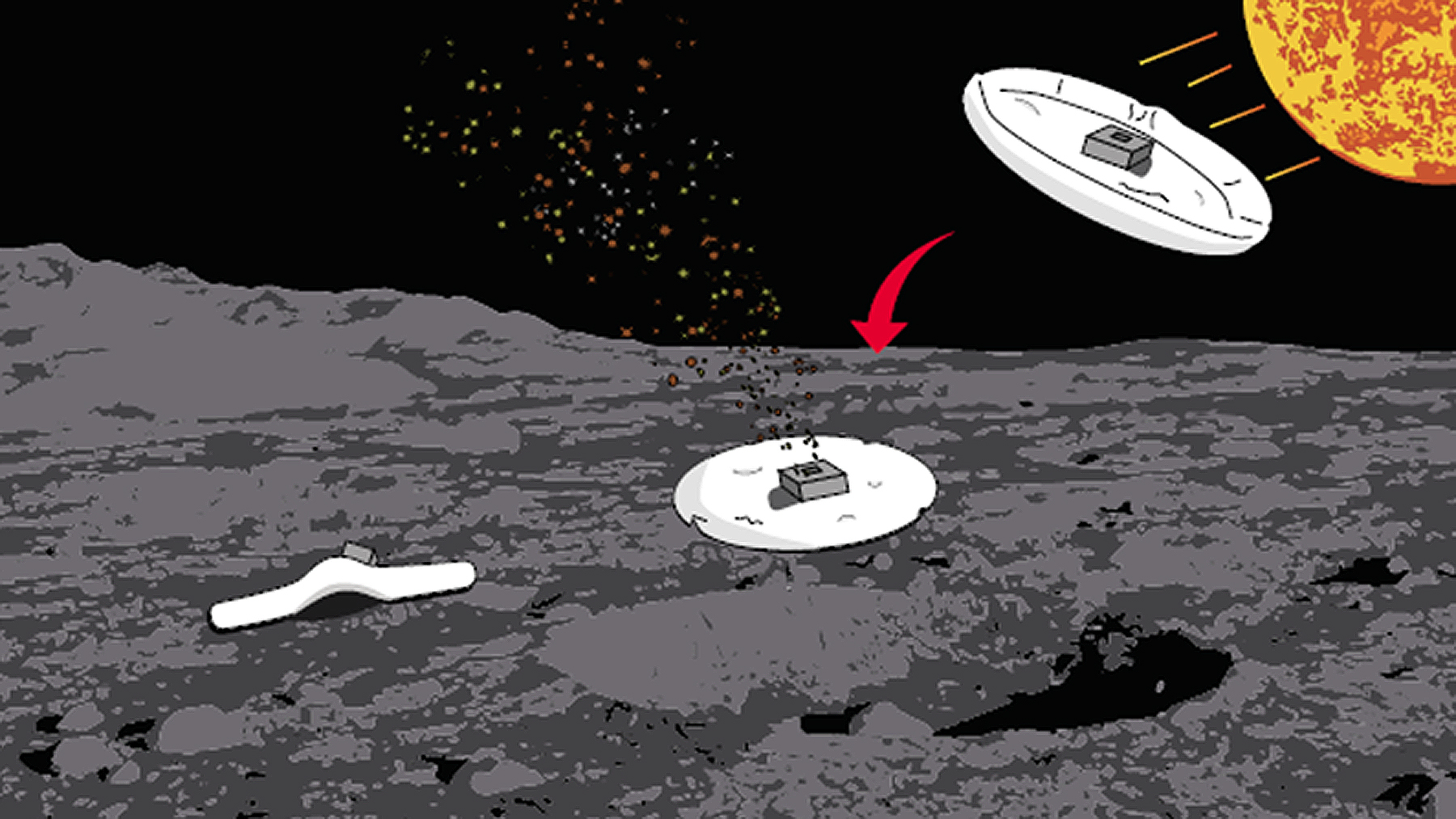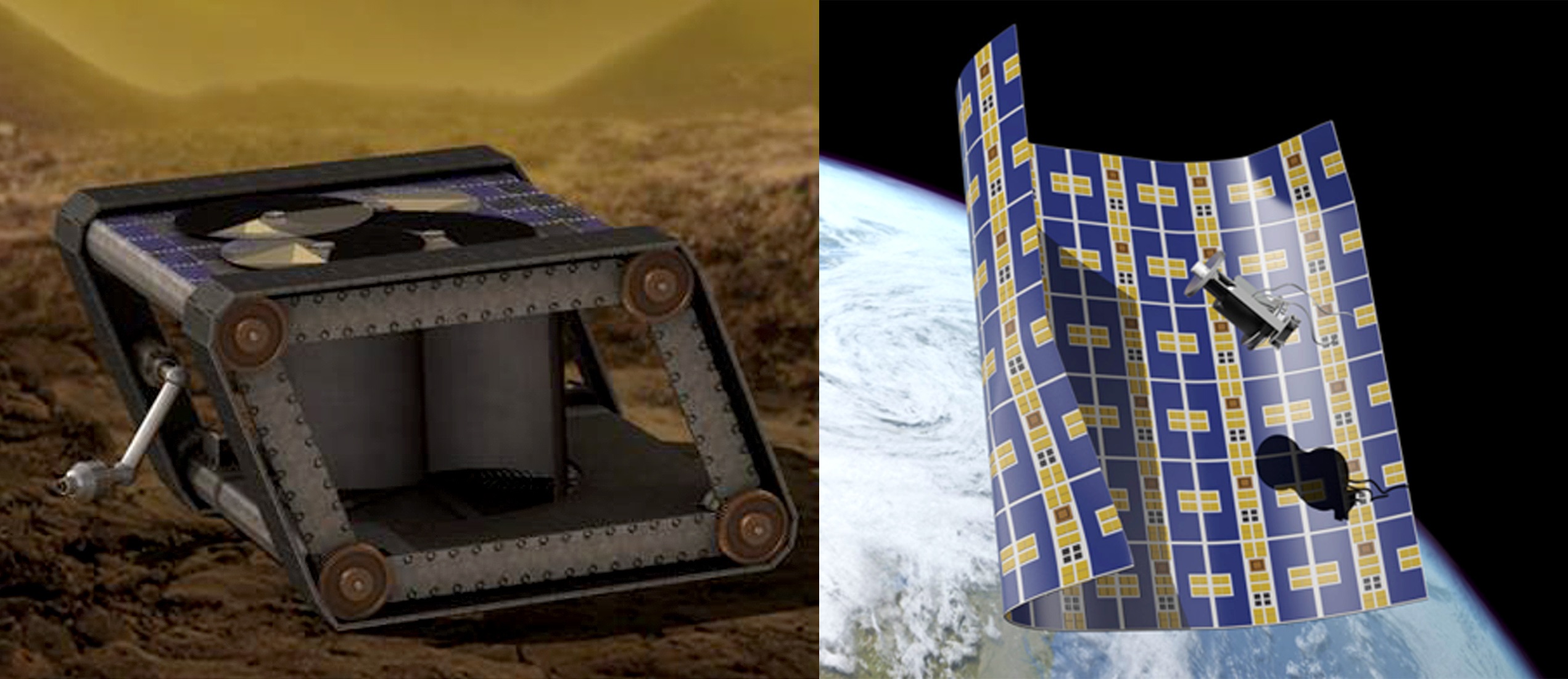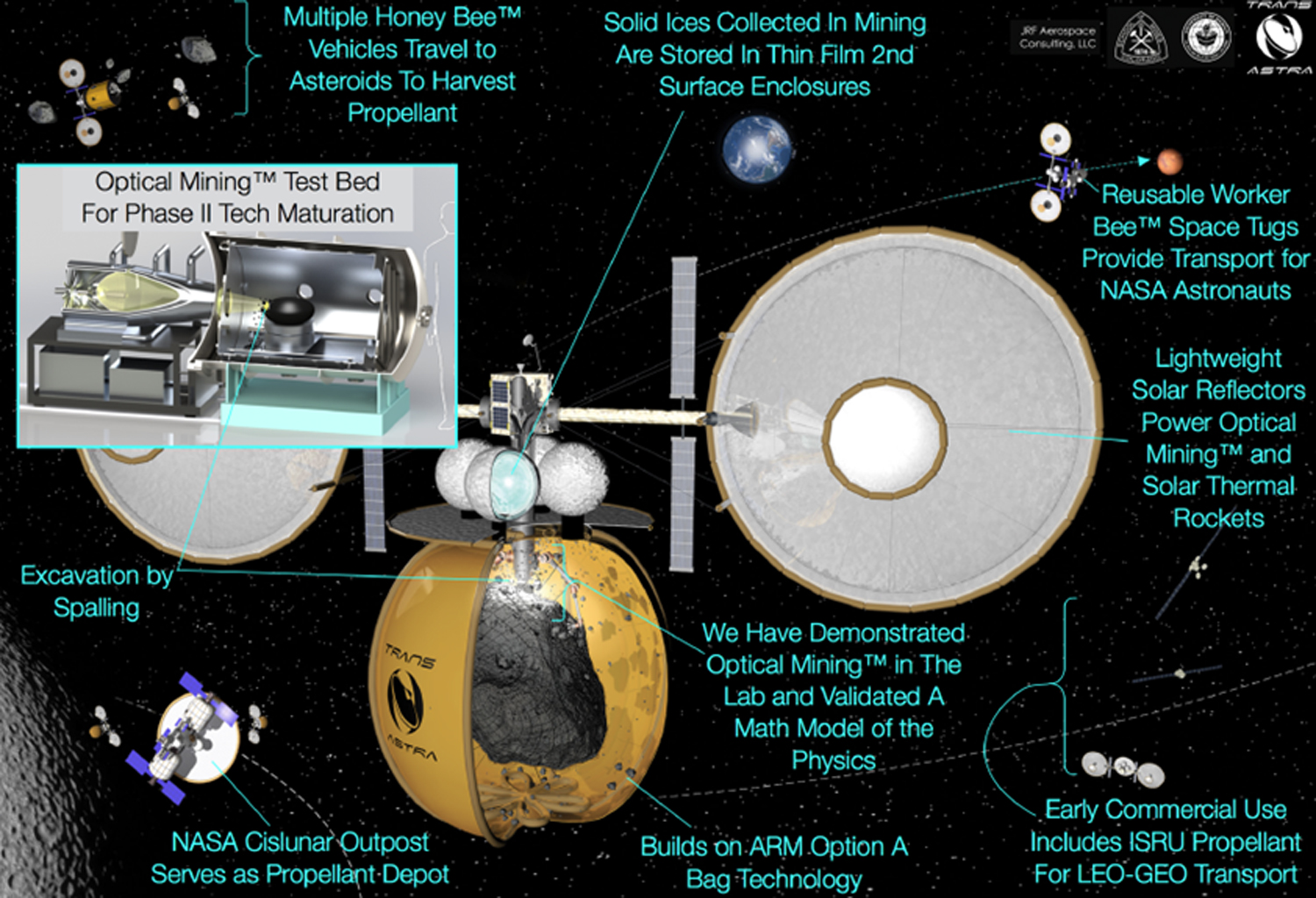NASA has announced the recipients of its most recent round of highly experimental projects it deems promising enough to fund. These NASA Innovative Advanced Concepts aren’t guaranteed to go all the way, but are rather sort of low-risk, high potential reward moonshots — science fiction they hope will be more the former than the latter.
The awards are a regular occurrence and divided into Phase I and Phase II: Phase I projects are more or less in the concept stage and will get around $125,000 over 9 months to see if they’re at all viable, essentially from “might work” to “should work.” Phase II projects get a more flexible amount, but as much as half a million dollars over 2 years, to see about going from “should work” to “works.”
The full list of awards can be found here, but I’ve selected a few I think are especially promising.
Phase I:
Synthetic biology for Mars agriculture proposes to modify extremophile organisms and deploy them to the Martian surface, where they will, ideally, detoxify the soil and essentially fertilize it for Earth-style farming. It’s not such a crazy idea if they can get a critter that can survive out there (not as insane as it sounds) and get it working hard enough to have anything more than a trace effect. And if no one minds the idea of colonizing the planet with GMOs.
Laser propulsion for interstellar precursor missions is an idea that’s been around for a while: essentially, equip a craft with an ion thruster, put some solar panels on it and then blast it with a powerful laser. Kind of like supercharged solar sailing. Of course, the project takes “as a given” the existence of an enormous space laser, solar panels twice as efficient as what we’ve got today and a propulsion system “roughly 20 times the current state of the art.” So don’t hold your breath.
Area-of-Effect Soft-bots are meant to operate on “rubble pile” asteroids, which are pretty much what they sound like. These soft robots would flop on the surface and move about in ways that won’t result in them sinking into the debris or getting stuck; in the meantime, they can grab samples and test them or eject them to a waiting orbiter.
The Sutter Survey suggests that instead of trying to track near-earth objects with million-dollar lenses floating in our own orbit, why not get out into space and do it from there with cheaper gear? Cubesats with off-the-shelf (what shelf, they don’t say) multi-lens systems would take up positions 120 degrees from each other in a big ellipse about 0.95 AU out, watching the Kuiper belt and tracking everything they see.
Phase II:
The Automaton Rover for Extreme Environments attempts to solve the problem of electronics getting fried by high-pressure, high-radiation planetary surfaces like that of Venus. The Soviet Venera and Vega craft only lasted an hour or two at most. AREE’s solution? No more electronics. Remove electronics entirely — or at least, as much as possible — and make the thing almost entirely mechanical. The project “combines steampunk with space exploration,” which makes it hard to say no to.
Brane Craft is a project we actually saw last year as a Phase I. This ultra-thin (mem-brane) spacecraft would be deployed by the dozen and each piece would wrap itself around orbital debris and drag it down to burn up in re-entry. Phase II has the team looking at lab tests of actual thin-film electronics, mechanisms and power solutions.
Optical mining for sustainable exploration is an ambitious concept by which asteroids would be continually harvested by “worker bee space tugs.” They’d capture a small space rock in a bag and blast it with concentrated solar energy, releasing usable water, oxygen and hydrocarbons. Just stop by the mothership (conveniently located at the Lagrange point between the Earth and the Moon) and get supplied.
Stellar echo imaging of exoplanets is another survivor of the 2016 Phase I; it relies on minute variations in how planets in distant solar systems reflect the fluctuating radiation fields of their suns. With many readings over time (rather than trying to get a snapshot from the very limited light we see) it should be possible to picture those planets at “continent level,” i.e. able to distinguish different major regions. Phase II will look at hardware implementations and try to get a roadmap finished.
Good luck to all the NIACs — hopefully we’ll see a few of them next time.
